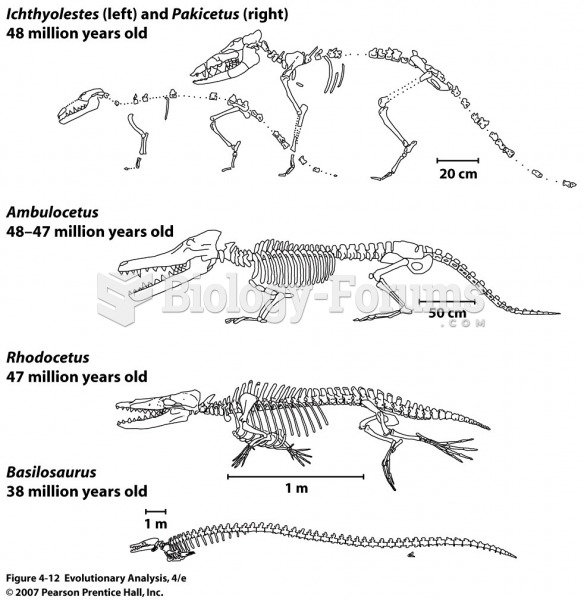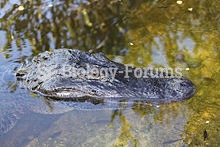Answer to Question 1
Submerged aquatic vegetation (SAV) are benthic plants that grow under water. Benthic plants are (submerged and emergent) aquatic plants that grow attached to, or are rooted in, the bottom of a body of water. All common aquarium plants and sea grasses are benthic plants. To thrive, SAV requires water that is clear enough to allow sufficient light to penetrate to allow photosynthesis. As water become more turbid, light is diminished. In extreme situations, it may be reduced to penetrating to just a few centimeters beneath the water's surface. Thus, increasing turbidity decreases the depth at which SAV can survive. Another important feature of SAV is that it absorbs its required mineral nutrients from the bottom sediments through the roots, just as land plants do. SAV is not limited by water that is low in nutrients. Indeed, enrichment of the water with nutrients is counterproductive for SAV, because it stimulates the growth of phytoplankton.
Phytoplankton consists of numerous species of photosynthetic algae, protists, and chlorophyll-containing bacteria that grow as microscopic single cells or in small groups, or threads,' of cells. Phytoplankton lives suspended in water, and are found wherever light and nutrients are available. In extreme situations, water may become literally pea-soup green (or tea-colored, depending on the species involved), and a scum of phytoplankton may float on the surface and absorb essentially all the light. However, phytoplankton reaches such densities only in nutrient-rich water, because, not being connected to the bottom, it must absorb its nutrients from water. A low level of nutrients in water limits the growth of phytoplankton accordingly.
Answer to Question 2
The infrastructure includes dams, reservoirs, aqueducts, canals, intake and outflow pipes, water and sewage treatment plants, water storage facilities, and the piping from and to homes and businesses. All of these industrialized techniques cost money and cause displacement and ecological damage, which can be difficult to absorb in developing countries.






